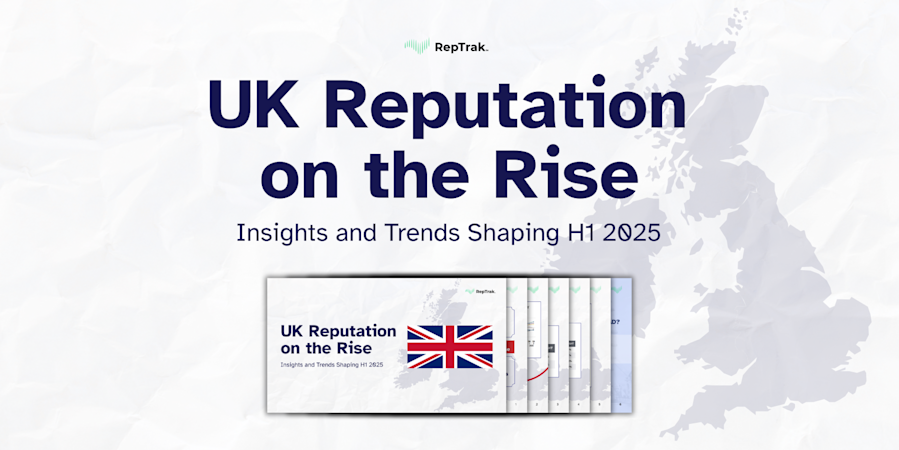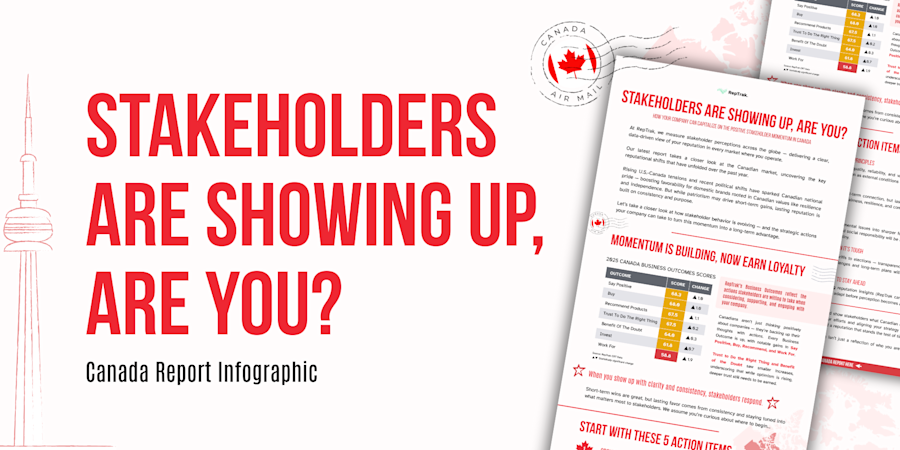Going Meta on Reputation: A Four-Step Process for Making Sense of Multiple Data Signals
Blog Post05 May, 2020
For years, CMOs and those working in marketing technology have been swimming in data, and as a result, today, marketing and promotional activity can be targeted in ways previously not imagined.
But they don’t have a monopoly on such strategic activity: Corporate Communications Officers and their teams are now gaining access to data about their reputation, and they are equipping themselves for smarter and more proactive decision making.
In short: Communications tech is no longer a “nice to have” but a “must have.”
Yet, data on its own isn’t enough. For many, there is a struggle to separate the signal from the noise and to make sense of multiple sources of metrics.
How should you organize and sync your disparate data sources so you’re able to determine an overall activation plan, and then later, so you can gauge success? Here is a four-step process.
1. Appoint one person to be the champion
This person will coordinate the timely submission of information every month from internal and external partners into a single repository that can be organized and streamlined. Effective analytics rely on that data and insights being centralized and syncing across multiple sources.
2. Conduct a meta correlation analysis
This is so you can quantify the strength of the relationship between the high-level metrics (for example, NPS, employee engagement scores, media sentiment, sales figures, and stock price) with corporate and product reputation scores.
For example, RepTrak has demonstrated that corporate reputation scores are a leading indicator—approximately nine months—for stock price. Stock price breakout occurs once the company reaches a strong reputation. Other measures are leading indicators, with a timeframe that varies, for other key behaviors.
3. Create an Executive Dashboard
Don’t keep this data to yourself; visually present your results in a consistent, digestible manner. Provide context by including year-over-year comparisons and benchmarks (for example, direct competitors, industry peers, and aspirational brands). In addition to the metrics, highlight the strategic initiatives and activation activities that have and will drive change in your business outcomes/metrics.
4. Tell a story
Collaborate with internal and external partners to continually and proactively manage a coherent narrative action plan that prioritizes conversation topics (content and messaging), tonality (personality trait mapping across corporate, products and services, and stakeholders) and media touchpoints.
With this process in place, you can improve corporate bottom-line metrics faster and better, and teams across the organization can be on the same page to understand how their actions ultimately drive the overall perception of the business.
Allan DeYoung Strategic Account Director The RepTrak Company [email protected]






